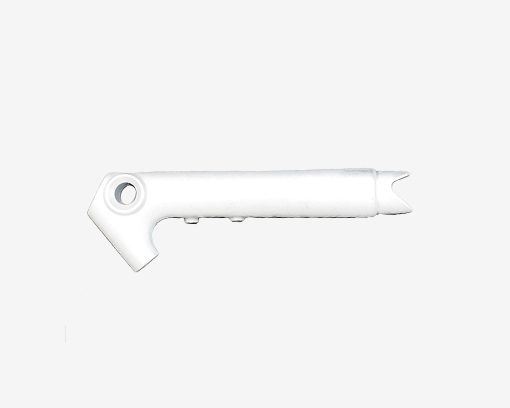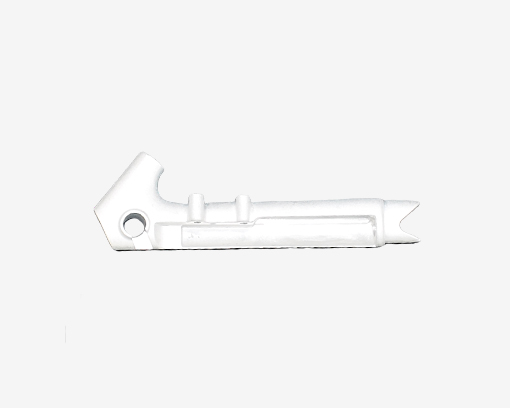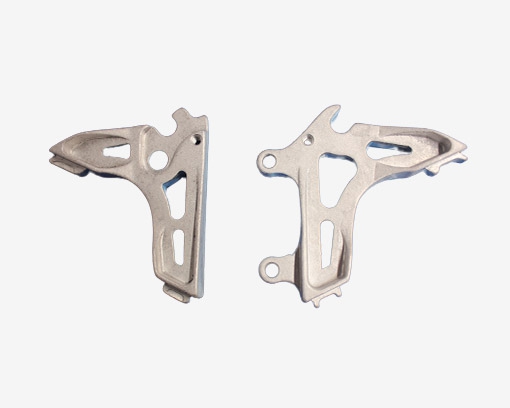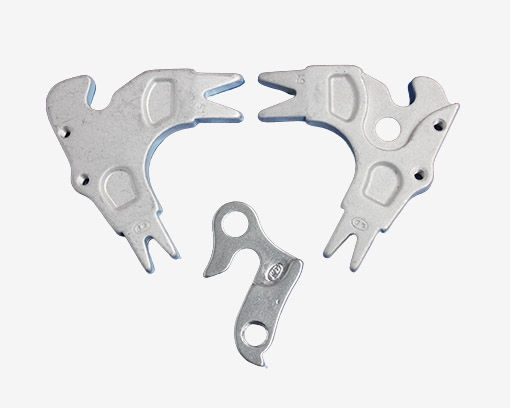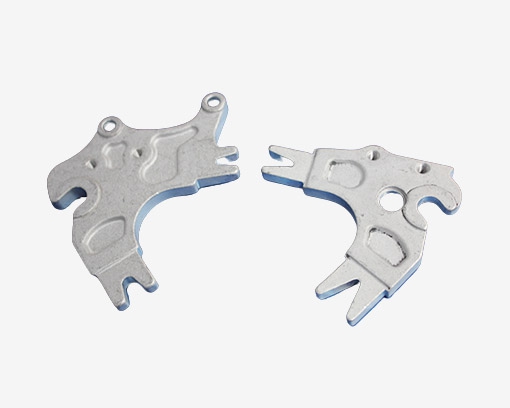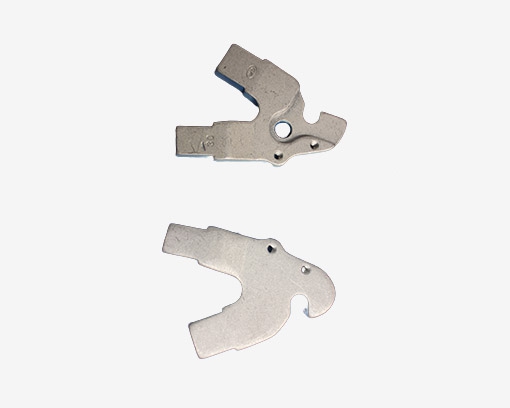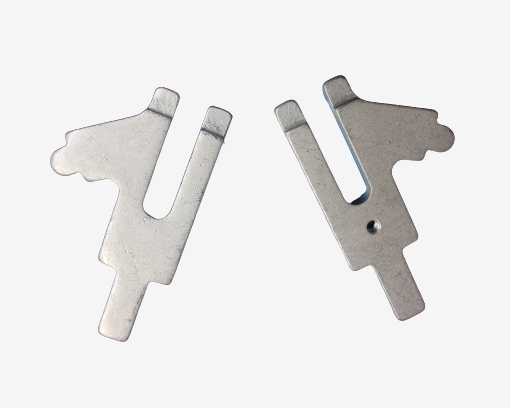Hook claw usually refers to a tool or device used for grasping, fixing, or hanging objects, and its working principle is mainly based on the following aspects:
The role of mechanical structure and force
Claws generally have specific shapes and structures, with common ones being curved claws or hooks. When the claw comes into contact with an object, external force causes the claw to press against the surface of the object, thereby generating frictional force. The magnitude of this frictional force is related to the positive pressure exerted by the hook on the object, as well as the roughness of the hook and the surface of the object. According to the friction force formula \ (F_f=\ mu F_N \) (where \ (F_f \) is the friction force\ (\ mu \) is the coefficient of friction\ (F_N \) is positive pressure. With a constant coefficient of friction, the greater the positive pressure, the greater the frictional force, and the hook can grip the object more firmly.
Some claws also utilize the principle of leverage to enhance gripping force. For example, in manually operated claw tools, the lever structure of the handle and claw allows the user to apply a small force at the handle to generate a large gripping force at the claw, making it easy to grip heavier objects.
Shape adaptation and embedding
The shape of the hook is usually designed to match the shape of the object being grasped, in order to better contact and secure the object. For example, the claw used to grip circular pipes is usually designed with an arc-shaped inner side, which can tightly adhere to the surface of the pipe, increase the contact area, and improve the stability of the grip.
Some claws will be embedded into the gaps or holes on the surface of an object during operation, using the structure of the object itself to achieve fixation. In construction, the claws used by workers can be embedded into the gaps between bricks to lift or secure them, effectively preventing objects from slipping during the gripping process.
Locking and fastening mechanism
To ensure that the claws do not accidentally release after grabbing objects, many claws are equipped with locking or fastening mechanisms. For example, some claws can lock onto objects by rotating, pressing, or stretching them, preventing them from escaping. Common methods include spring locks, snap locks, etc.
Some claws also achieve fastening function through mechanisms such as threads or ratchet wheels. When the hook catches an object, it gradually tightens the claw by rotating the thread or teeth, thereby firmly fixing the object. This fastening mechanism is very effective in situations where objects need to be fixed for a long time or subjected to large tensile forces.



